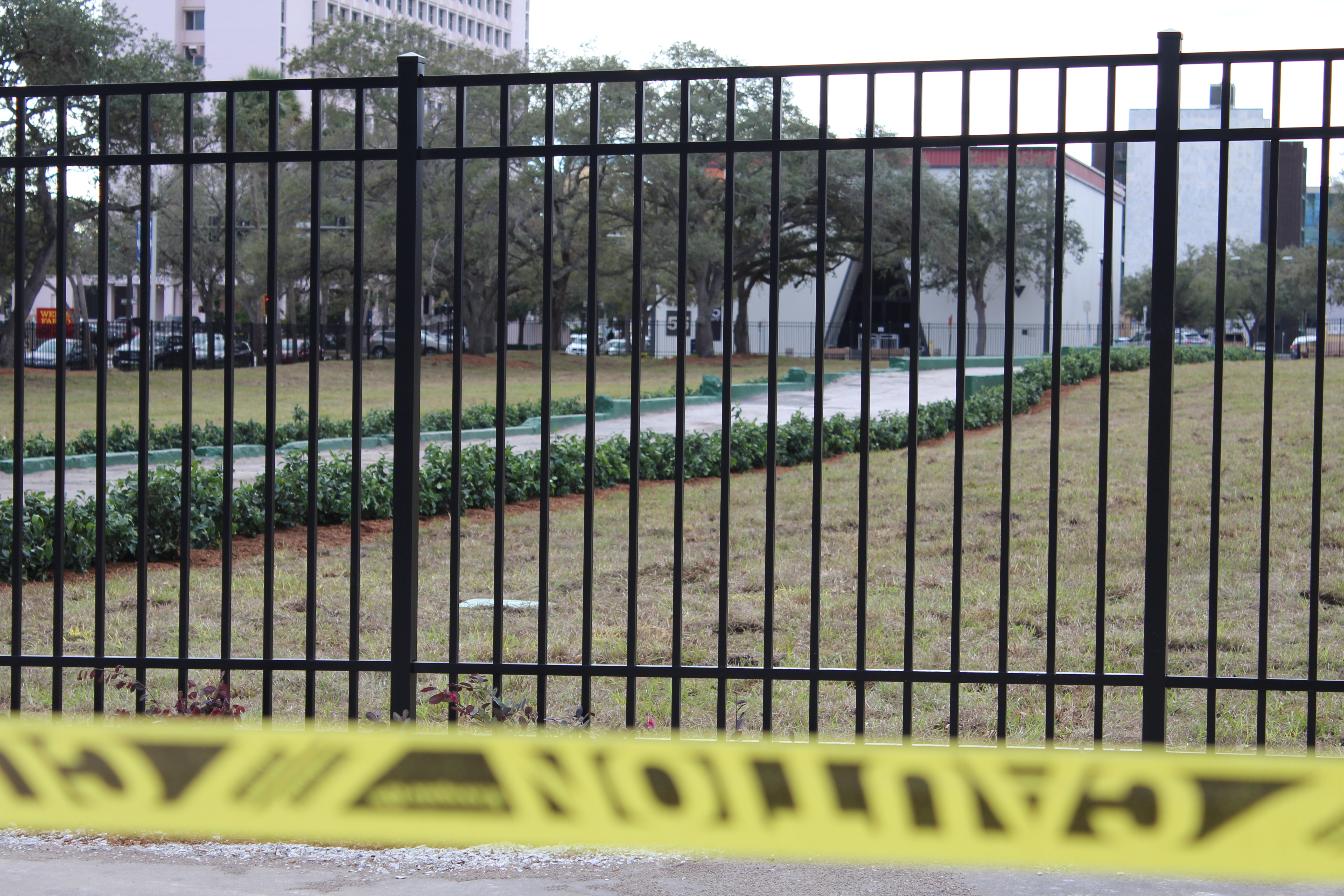Last October, a 6,500-pound wrecking ball pulverized sections of the 1920’s style Pheil hotel, on the Central Avenue 400 block, clearing way for yet another superstructure in the heart of downtown St. Petersburg.
For years the property remained in limbo, while the surrounding area flourished with new retail, restaurants, residential towers, and craft breweries.
“St. Pete needs a skyline,” John Catsimatidis, billionaire owner of Red Apple Group, said in a phone interview with the Tampa Bay Times.
The Red Apple Group, a real-estate and aviation company from New York, purchased the 400 block for an undisclosed amount. In an interview with the Times, Catsimatidis elaborated on his plans to develop St. Petersburg.
St. Pete does not need a skyline. The future of our growing city demands us to instead focus on the ground, developing great civic spaces and rebuilding infrastructure.
Another oversized building would suffocate the 400 block, and it does not give visitors and residents of the area the freedom to do anything but move from shop to shop. We need to encourage people to remain downtown long after they finish eating, shopping and drinking.
The company sodded and landscaped a 2.3 acre park costing several thousand dollars in place of the now demolished Pheil hotel.
Unfortunately, this urban green space won’t be available to citizens to enjoy for long. Shrubbery is planted along the black estate fencing that surrounds the perimeter, and a narrow access sidewalk runs across the middle of the block. Grass is off limits.
This leaves Williams Park as downtown’s only non-waterfront public park. In many ways, it’s a staple for the future of St. Petersburg. The space is a strong example of a vibrant, placemaking, urban park for students, families, residents and tourists.
The heart of downtown must have a refuge to provide relief from the urban intensity of automobile and pedestrian traffic. It must serve as an engine to help bring people together across social, racial and economic divides. The 400 block of Central Avenue can’t do that when city developers don’t allow for more open and pedestrian-only zones.
A second park could serve as the green engine to help address every critical urban need, from healthy physical activity to economic development. Joggers would use the perimeter, families would use benches as places to finish ice cream and dogs would use the lawn as a racetrack to catch Frisbees.
This park could serve as a stage for our public lives and function as the setting where celebrations can be held, friends met, and cultures mix.
Our city needs a thriving civic space to maintain its strong sense of community. Without a great public place, such as what this park could provide, there would be no great city of St. Petersburg.
Our city needs to break from its long history of creating structures and neglecting infrastructure. Four major ongoing downtown urban renaissance projects involve high-rise towers and enough skyline to give the street level little to no sunlight, meaning we would no longer be deserving of our Sunshine City moniker.
Consider the towers being constructed on Fourth Street South and Third Avenue South that lie within shadow-casting distance of the temporary park. Another high-rise is not needed as much as a park is.
The city and Red Apple Group have yet to decide what will fill the skyscraper that will replace this temporary park, but no matter what gets built in its place, it is a shame the future face of downtown will not necessarily involve a reprieve.



